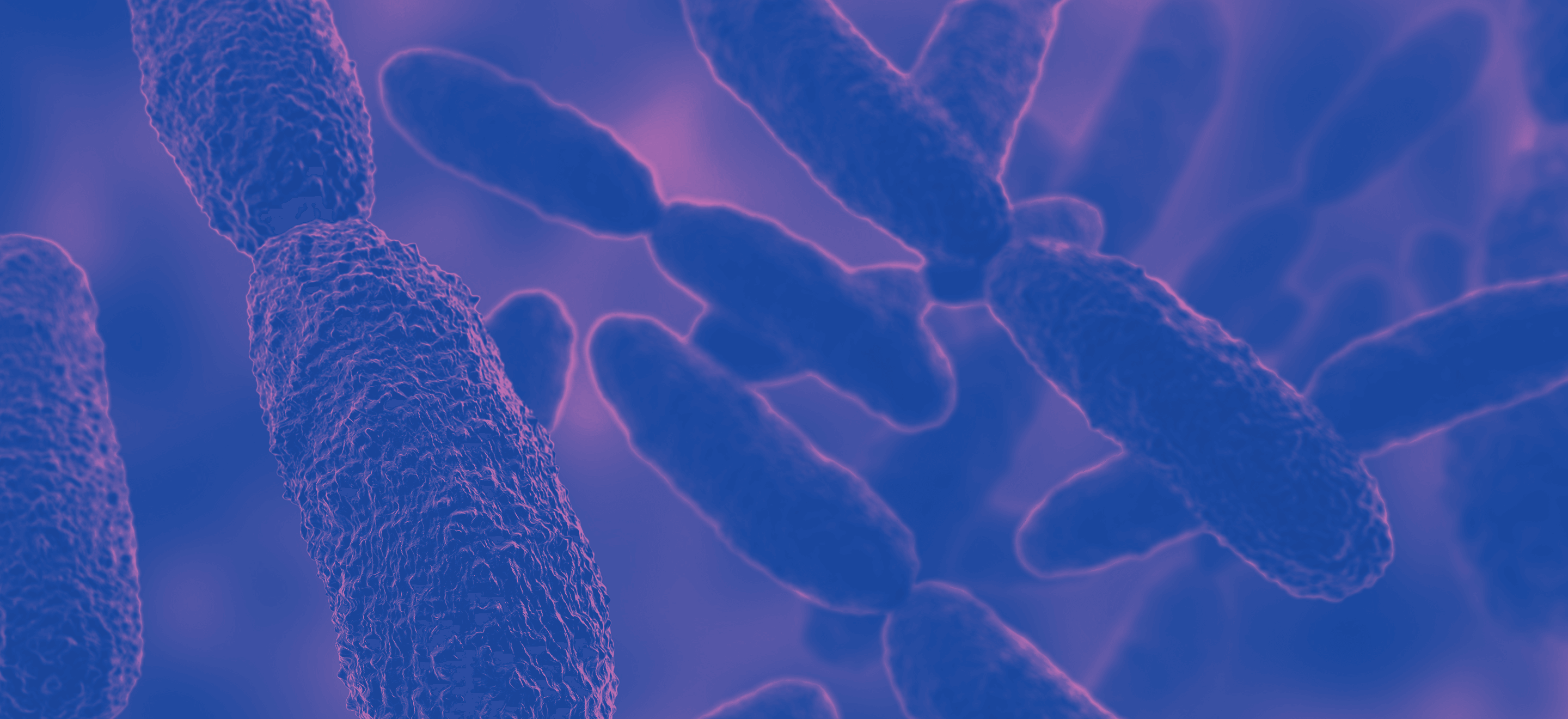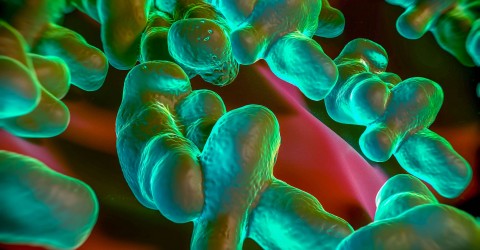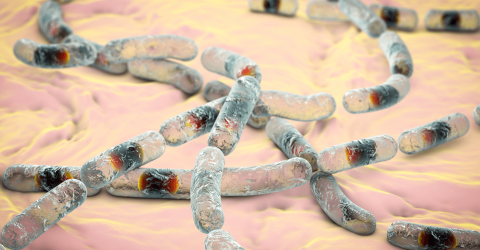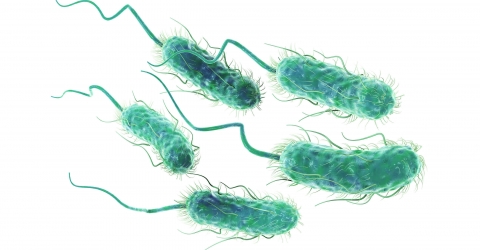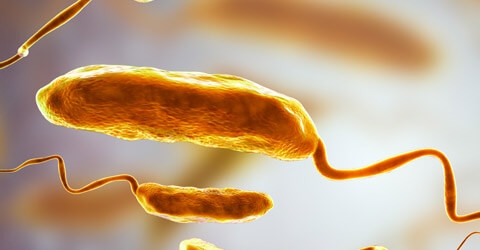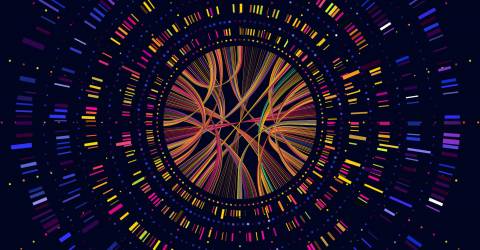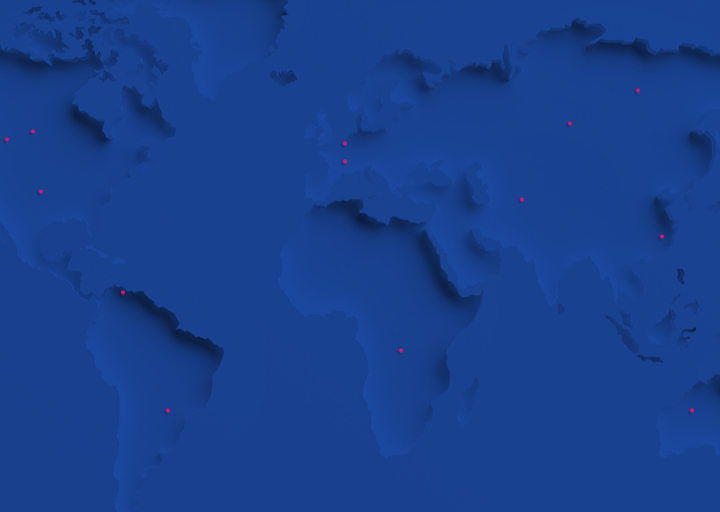Salmonella: A hardy foodborne pathogenic bacteria
What is Salmonella?
This article gives an overview of :
- The salmonella pathogenic bacteria
- How salmonella is transmitted
- How salmonella can be detected, prevented and controlled
- The risks of salmonella for consumers
- Treating salmonella
- Overview of industries affected by salmonella
- bioMérieux’s products and solutions for detecting and preventing salmonella
How is the Salmonella Pathogen Transmitted?
Salmonella is a foodborne pathogen prevalent in animals such as poultry, pigs, cattle and pets. Salmonellosis (salmonella poisoning) in humans is generally contracted through the consumption of contaminated food from an animal origin (mainly eggs, meat, poultry, and milk). This issue results in several food recalls each year. Person-to-person transmission and contact with infected animals, including pets may also occur. Infected animals often do not show signs of disease.
Salmonella could be present in raw materials of natural origin use for oral dosage forms in which antimicrobial pre-treatment is not feasible, as well as in herbal medicinal products, in which boiling water is added before use.
How can Salmonella be Prevented in the Food Industry?
Food manufacturing and processing plants are the first line of defense against Salmonella.
Proper cleaning and sanitizing procedures, handwashing procedures and contamination prevention procedures must be implemented.
Facilities should have special measures in place to prevent Salmonella contamination in finished products and product packaging, and to prevent cross-contact between raw ingredients and ready-to-eat foods.
Employees must be trained on proper hygiene, with an emphasis on handwashing procedures and regular check that all procedures are being followed.
Your Hazard Analysis and Critical Control Points Plan (HACCP plan) should detail the specific approaches that your facility will use to prevent Salmonella contamination. Salmonella can be killed through cooking and sanitation processes.
Refer to GMP, GAP, GHP, HACCP + EMP (Environmental Monitoring Program)
How can the Presence of Salmonella be Detected in the Food Industry?
Salmonella detection methods in the food industry are mostly cultural but also based on alternative automatized technologies like PCR tests or ELISA tests, which takes a shorter time to present results amongst other benefits.
How can salmonella be controlled in the food industry?
Industry control guidelines (or control measures) provide recommendations on how best to effectively control Salmonella e.g., in feed, feed ingredients and pet food.
Emphasis is placed on selective purchasing with a documented supplier management program, Good Manufacturing Practices (GMPs), Hazard Analysis and Critical Control Points (HACCP), prerequisite programs, and robust continuous improvement activities.
These are means for all plants to use in accomplishing the goal of Salmonella reduction.
Emphasis is on Raw Materials Purchasing Practices, Ingredient Shipping/Receiving, Physical Facilities, Plant Employees and Visitors, Plant Procedures and Policies (Sanitation and Cleaning, Pest Control, Materials Handling, Dust Control and Air Flow, Moisture Control), Equipment Maintenance and Operation, Packaging, Storage and Transportation, Control procedures, Sampling and Analysis.
What are the Risks of Salmonella to the Consumer?
Salmonella is one of the main causes of diarrhoeal (diarrheal) diseases and foodborne illnesses with large outbreaks or sporadic cases. Salmonellosis is a disease caused when a person comes into contact with this bacteria, which is characterised by an acute onset of fever, abdominal pain, diarrhoea (diarrheal), nausea and sometimes vomiting.
For susceptible populations, Salmonella spp. infections can be severe and even lead to death.
Salmonellosis is relatively mild but in some cases, particularly in children and elderly patients, the associated dehydration can become severe and life-threatening.
Drug-induced infection cause by Salmonella was reported on thyroïdin tablets and by pancreatin powder.
What is the Treatment for Salmonella Poisoning?
Electrolyte replacement and rehydration are the most common treatment for salmonella poisoning.
Antimicrobials are administered only in extreme cases. The use of antibiotics is being regularly reviewed because of the increase in antimicrobial resistance, affecting the food chain.
Industries
What common industries are affected by salmonella?
Salmonella can be prevalent across all agricultural and food industries including animals. It also affects the pharmaceutical industry.
What are all the food industries affected by salmonella?
Salmonella can pass through the entire food chain from animal feed, primary production, and all the way to households or food-service establishments and institutions. Salmonellosis in humans is generally contracted through the consumption of contaminated food of animal origin, mainly eggs, meat, poultry, and milk, although other foods, including fruits and vegetables, have been implicated in its transmission.
All food industries where salmonella has been identified are:
bivalve molluscs and products thereof / cephalopods and products thereof / cereals and bakery products / cocoa and cocoa preparations, coffee and tea / compound feeds / confectionery / crustaceans and products thereof / dietetic foods, food supplements, fortified foods / eggs and egg / products / fats and oils / feed additives / feed materials / feed premixtures / fish and fish products / food additives and flavourings / food / contact materials / fruits and vegetables / gastropods / herbs and spices / ices and desserts / meat and meat products (other than poultry) / milk and milk products / natural mineral water / nuts, nut products and seeds / other food product / mixed / pet food
Solutions
GENE-UP® Molecular pathogen detection automated platform
VIDAS® Enzyme Linked Fluorescent Assay (ELFA) pathogen detection automated platform
IDENTIFICATION Biochemical galleries, automated biochemical systems, and maldi-tof technology
